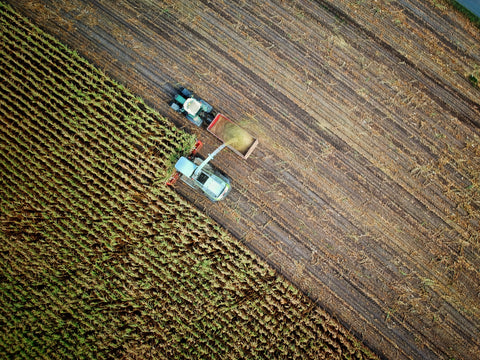COP26 - a story of down and out, or reasons for hope?

The first two weeks of November saw world leaders travel to Glasgow for COP26.
Throughout the summit, they were locked in tense negotiations to draft the Glasgow Climate Pact - an agreement with ambitions to keep the goal of limiting climate change to 1.5 degrees C above pre-industrial levels. Countries were asked to make big cuts to their emissions by 2030, staying on track for net-zero emissions by 2050.
Throughout the summit, they were locked in tense negotiations to draft the Glasgow Climate Pact - an agreement with ambitions to keep the goal of limiting climate change to 1.5 degrees C above pre-industrial levels. Countries were asked to make big cuts to their emissions by 2030, staying on track for net-zero emissions by 2050.
So how did it go?
As the conference drew to a close, there was a sense of disappointment. Last minute objections led by India resulted in the rewording of a key commitment on coal use from 'phasing out' to 'phasing down'. This subtle change represented a significant watering down of the agreement at the last minute. Scientists estimate that these pledges made in this agreement will result in somewhere between 1.8-2.4 degrees of warming by 2100.
What about agriculture?

Global Agriculture accounts for ~1/3 of carbon emissions, as well as being a lead cause of biodiversity loss, deforestation and soil degradation.
Put simply we need to look at ways to feed ourselves which don't cause so much damage to our world, and there were some encouraging noises coming out of COP26 - we saw:
Put simply we need to look at ways to feed ourselves which don't cause so much damage to our world, and there were some encouraging noises coming out of COP26 - we saw:
- Two major pledges - on ending deforestation and reducing methane emissions by 1/3, both by 2030 - with inherent links to agriculture.
- An additional pledge directly aimed at creating sustainable agriculture and land use, which 45 countries signed up to.
- A commitment of $4bn to invest in agricultural innovation.
